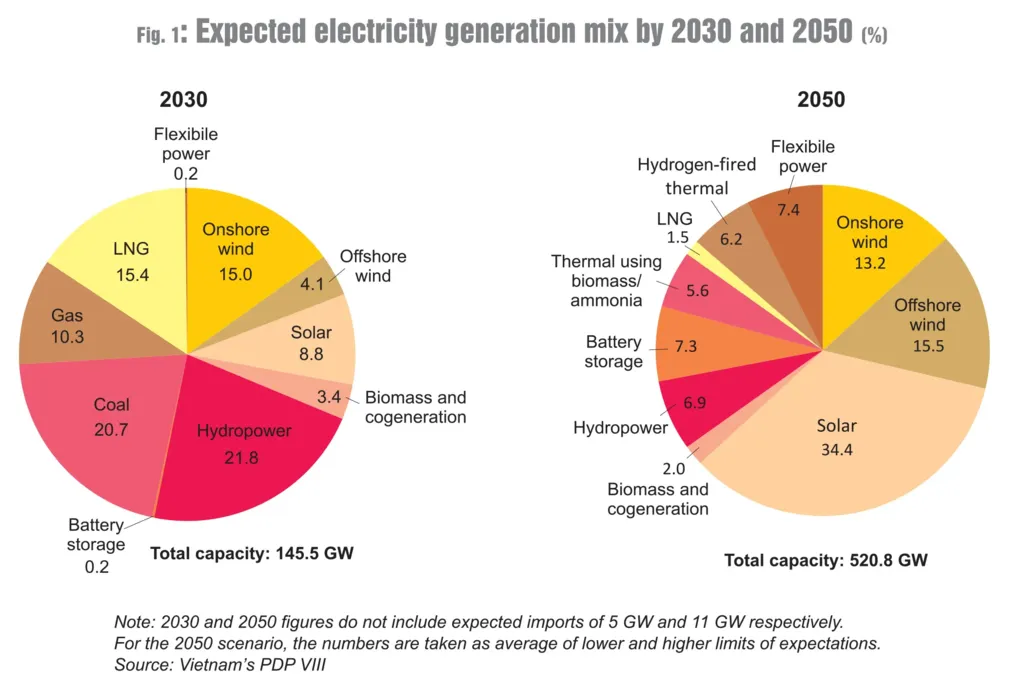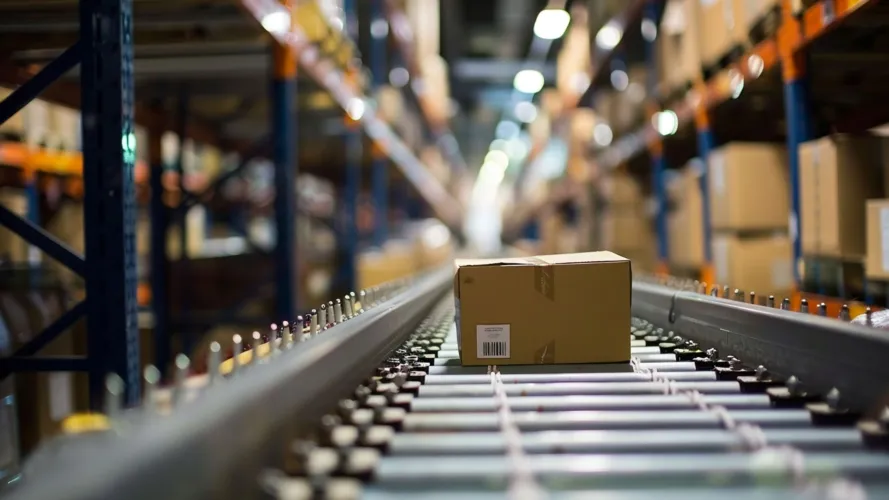Vietnam has set an ambitious goal with its Vietnam Hydrogen Capacity Target, planning to produce between 100,000 and 500,000 tonnes of hydrogen each year by 2030. This major push supports the country’s commitment to reach net-zero emissions by 2050 and strengthens its role in the global clean energy transition.

From Gray to Green: A Major Shift in Vietnam Hydrogen Capacity Target & Use
Vietnam currently consumes around 500,000 tonnes of hydrogen each year, most of it in the form of gray hydrogen produced from fossil fuels. This hydrogen is mainly used in fertilizer production (316,000 tonnes) and oil refineries such as Dung Quat (39,000 tonnes) and Nghi Son (139,000 tonnes).
The new strategy aims to transform this landscape by increasing the share of low-carbon hydrogen, focusing on green hydrogen produced via electrolysis using renewable energy. By doing so, Vietnam can significantly reduce its reliance on fossil fuels and cut emissions across heavy industries.
Read Also: Vietnam Renewable Energy Push Spurs Wind and Solar Boom
Big Vietnam Hydrogen Capacity Targets for 2030 and Beyond
The Vietnam Hydrogen Capacity Target sets out a clear roadmap: produce up to 500,000 tonnes of hydrogen annually by 2030 and scale this up to 10–20 million tonnes per year by 2050. This massive expansion will support Vietnam’s updated Nationally Determined Contributions (NDC) and Power Development Plan (PDP), which emphasize clean energy growth.
One of the most significant steps toward this target is the Bình Định Province project. This flagship initiative aims to produce 20,000 tonnes of green hydrogen annually by 2030, with plans to scale up to 160,000 tonnes per year by 2035.
Achieving the 2030 goal could help Vietnam reduce CO2 emissions by approximately 573,000 to 895,000 tonnes every year, depending on the mix of green and blue hydrogen adopted. Blue hydrogen, produced from fossil fuels combined with carbon capture and storage (CCS), will also play a role in the transition.
Powering Green Hydrogen with Renewables
A key component of Vietnam’s hydrogen strategy is its strong focus on renewable energy. The country plans to develop enough renewable power capacity by 2030 to support the production of up to 500,000 tonnes of green hydrogen each year. This move not only aligns with its climate goals but also helps position Vietnam as a leader in green energy innovation in Southeast Asia.
Challenges on the Road to 2050
Despite the ambitious targets, Vietnam faces several challenges in realizing its hydrogen vision. The country will need extensive investment in storage, transportation, and distribution infrastructure to support a large-scale hydrogen economy.
Clear regulatory frameworks and supportive investment policies are also crucial to encourage both local and foreign investors to participate in the sector. Furthermore, adopting advanced hydrogen production and CCS technologies will be essential to ensure both environmental and economic viability.
Read Also: Reviewing The Rise of Vietnam Renewable Energy Development
Vietnam Hydrogen Capacity Target: A Bold Step
Vietnam’s Vietnam Hydrogen Capacity Target is a bold and strategic step toward a cleaner, more resilient energy future. By focusing on both green and blue hydrogen, Vietnam is taking concrete action to reduce emissions, improve energy security, and open new economic opportunities. With strong leadership, flagship projects like Bình Định, and a clear focus on renewable energy, Vietnam is positioning itself as a major player in the global hydrogen market and moving steadily toward its 2050 net-zero goal.







